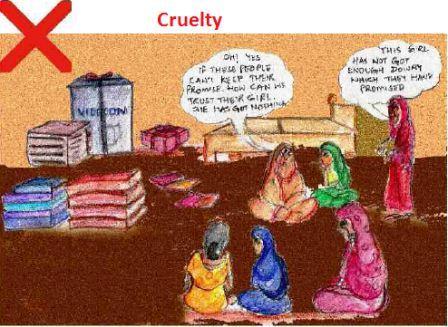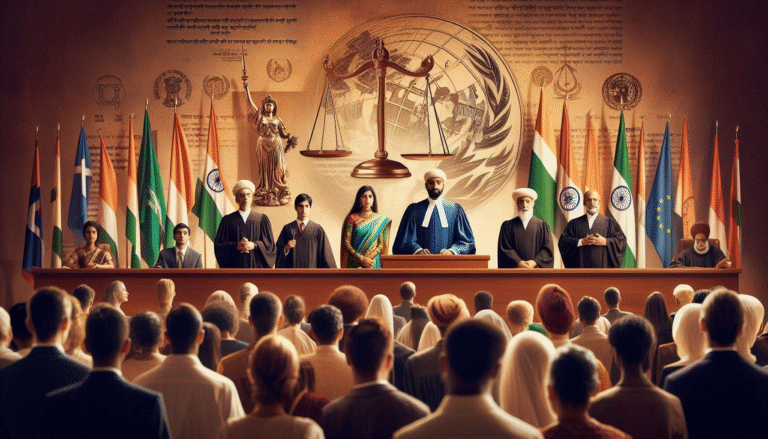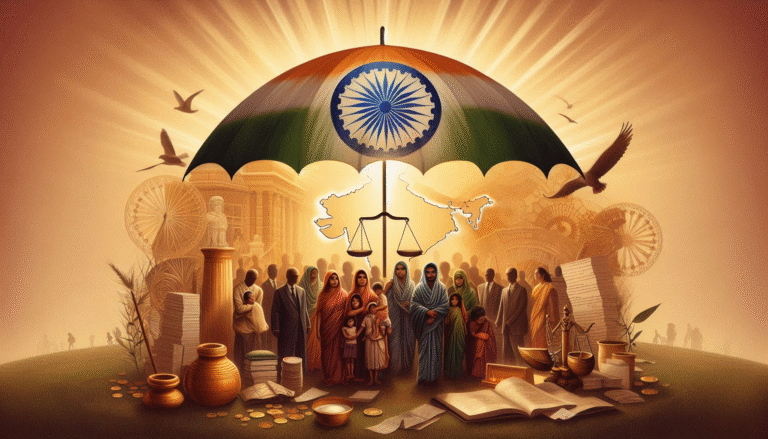
GENDER EQUALITY; WHY IS IT AND WHY DO WE NEED IT?

A society will pave the way to development only when each person has access to the same opportunities and rights. Every member of society longs for equality of status, opportunities, and of rights. But it is a universal observation that there is a lot of prejudice against people.
Culture, location, and gender differences all contribute to discrimination. The world as a whole is concerned about gender-based inequality. Men and women do not have equal rights everywhere in the world, even in the twenty-first century. To achieve gender equality, men and women must have equal access to political, economic, educational, and health opportunities.
Only when men and women are given equal opportunity can a country advance and see higher development growth. In our society, women are frequently marginalised and denied the same rights to health, education, decision-making, and economic independence as males.
The long-standing social framework prevents girls from having the same chances as men. Typically, women take care of the family’s needs. As a result, women handle the majority of home tasks. Less women are involved in higher education, decision-making, and leadership positions. The gender wage gap slows a nation’s rate of development. The economic growth rate of a country rises as women enter the workforce.
WHAT MAKES GENDER EQUALITY?
The level of gender equality in a nation has a significant impact on its overall development. There are many indexes available to gauge gender equality.
Gender-Related Development Index (GDI) is a gender-specific indicator of the Human Development Index. When evaluating a nation’s gender equality, the GDI takes factors like life expectancy, educational attainment, and salaries into account.
The measure of Gender Empowerment (GEM) – The percentage of seats held by female candidates in the national legislature, the number of women in positions of economic decision-making, and the income share of female employees are all included in this statistic in great detail.
The Gender Equality Index (GEI) rates nations based on three aspects of gender inequality: empowerment, economic engagement, and education.
INDIA’S GENDER INEQUALITY
India is ranked 108th out of 149 nations in the World Economic Forum’s rating of gender gaps. This ranking raises serious issues because it emphasises the enormous opportunity disparity between men and women. The social structure of Indian society has traditionally been such that women are underrepresented in a variety of areas, including decision-making, health, education, and financial independence.
ANOTHER MAIN REASON, WHICH CONTRIBUTES TO DISCRIMINATORY BEHAVIOUR TOWARD WOMEN
The dowry system in Indian marriages is another significant factor that fuels discrimination against women. The majority of Indian households view girls as a burden because of the dowry system. Still, the son is preferred. The higher education of women has been avoided. Equal pay and employment opportunities are not guaranteed to women.
The dowry system in Indian marriages is another significant factor that fuels discrimination against women. The majority of Indian households view girls as a burden because of the dowry system. Still, the son is preferred. The higher education of women has been avoided.
Equal pay and employment opportunities are not guaranteed to women. Women continue to be the favoured gender for home management tasks in the twenty-first century. Due to obligations to their families, a lot of women quit their jobs and decline to hold leadership positions. Yet, guys rarely engage in such behaviour.
CONCLUSION
For the overall well-being and growth of a nation, scoring high on gender equality is the most crucial aspect. Countries with less disparity in gender equality have progressed a lot. The government of India has also started taking steps to ensure gender equality.
Several laws and policies are prepared to encourage girls. The “Beti Bachao, Beti Padhao Yojana” (Save girl, and make girls educated) campaign is created to spread awareness of the importance of girl children. Several laws to protect girls are also there. However, we need more awareness of spreading knowledge of women’s rights. In addition, the government should take the initiatives to check the correct and proper implementation of policies.







